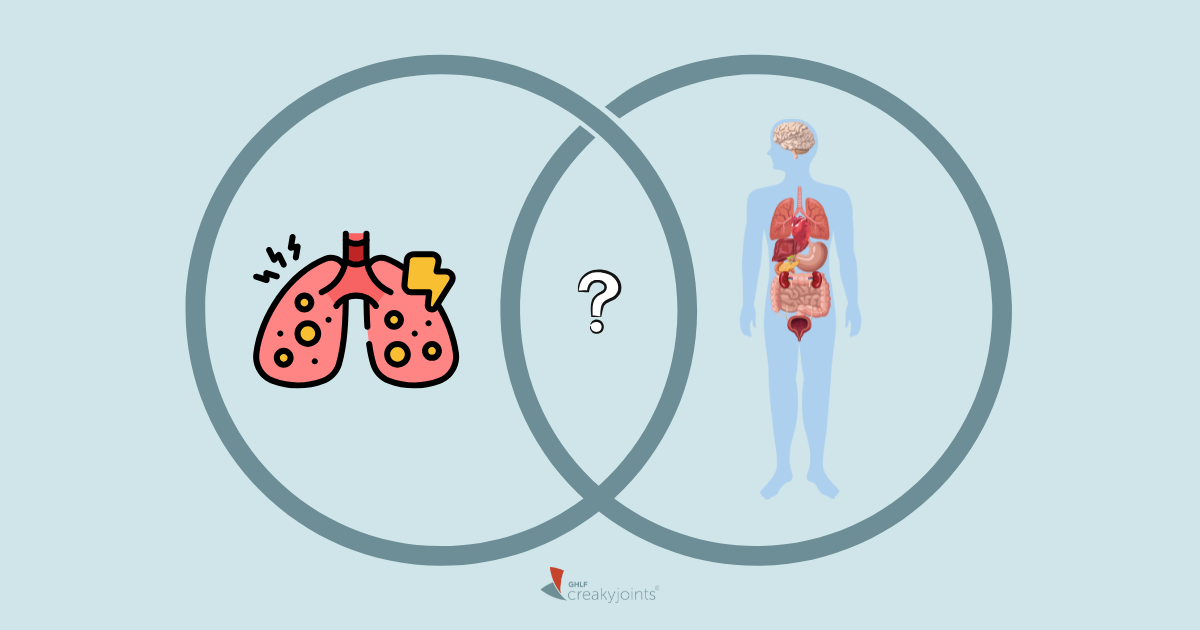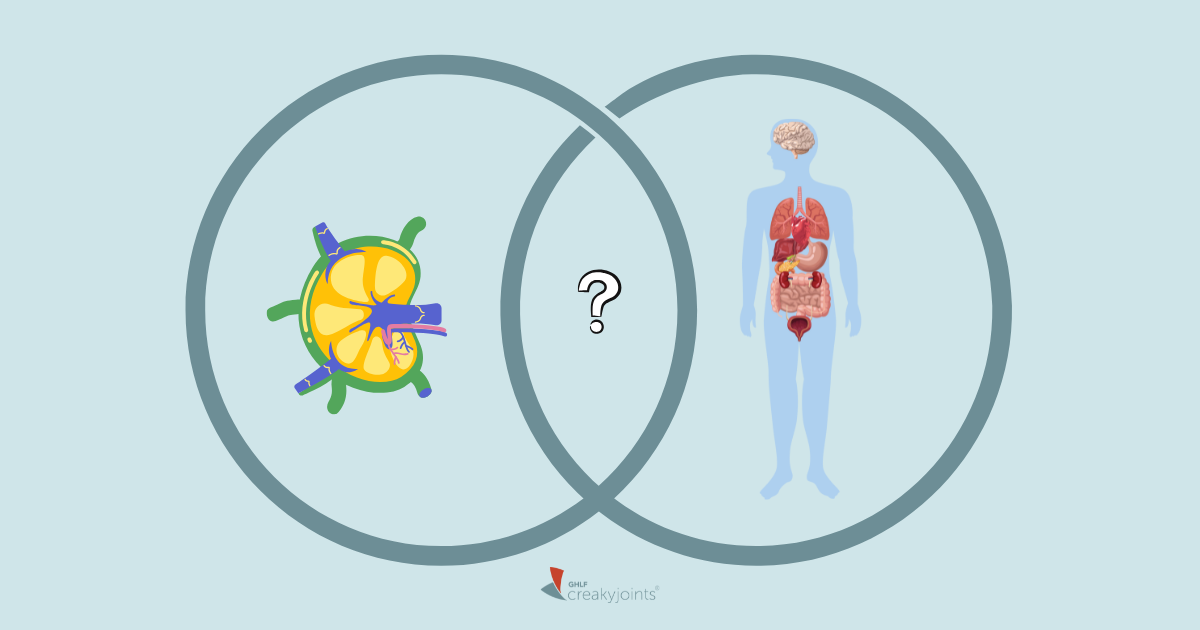

I’ve lived with chronic pain since childhood. As a pre-teen, I often cried myself to sleep from what I thought were growing pains in my knees. The pain spread, becoming a constant chorus of aches, stabs, and radiating shocks — a soundtrack to my life, always playing in the background.
Without having a language for chronic pain, I struggled to understand my own body. I internalized the constant, gnawing ache in my hips and the throbbing in my knees at night. I coped by disconnecting, treating my body as something separate from myself to survive the dysphoria it caused. I felt shame for my weakness, for crying myself to sleep, for not coping like my peers.
It wasn’t until later that I realized experiencing debilitating pain in middle school was far from average.
Gender confusion was another challenge that persisted for decades. Being a girl was confusing.
I grew up in the rural south in the 1990s and early 2000s. I lived in a village of 800 people and my knowledge of the larger world was extremely limited. I don’t think I heard the word “transgender” until college.
I labeled myself a tomboy because “girl stuff” confused me; my best friends were guys, and I preferred playing sports and digging in the dirt. Activities traditionally seen as ‘boy stuff’ felt more natural, yet I knew I wasn’t a boy either.
Attempting to fit in, I imitated girls, feeling like I was performing a meticulously rehearsed role. In hindsight, I realized I was performing drag — the only girl I’ve ever truly been.
For most of my life, I struggled with the confusion of chronic pain and my gender identity, lacking both the language and understanding to navigate these complexities until decades later. I spent years pretending to be someone I wasn’t — a non-disabled girl/woman.
Embracing My Illness and Gender
It’s only been in the last decade that I’ve started to feel at home in my own body, since my diagnosis with axial spondyloarthritis (axSpA) in 2013 and coming out as nonbinary in 2019. These experiences have allowed me to feel whole, navigating complex relationships with my body in terms of pain and gender — internally, in how I understand myself, and externally, in how I interact with the world.
After being diagnosed with axSpA, I had answers for symptoms that had impacted me for more than 13 years. It brought validation, gave me language to articulate my pain, and offered treatment to manage symptoms and disease progression.
Discovering my chronic disease also allowed new identities to form. I embraced roles as a proudly disabled writer, advocate, and activist.
Similarly, as I embraced my identity as a trans person, there were parts of me that finally saw the light — parts no longer performing to fit someone else’s expectation of who I should be. Finding and embracing my nonbinary self has filled me with a peace and acceptance of who I am. I have grown into my own skin, no longer trying to fit some assigned skin.
Navigating Health Care as a Trans Person
When I came out as trans, I wasn’t sure how to navigate relationships with my specialists and manage any changes my medical chart might need. I had a lot of anxiety and questions, including:
- How would health care professionals react to my use of they/them/theirs pronouns?
- Would they respect me as a whole person?
- What pronouns would appear in my visit summaries?
- How safe would I feel correcting providers who misgender me?
- Would my coming out affect their willingness to treat me?
These fears continue to impact my comfort in discussing symptoms, diagnoses, and treatment decisions. Hiding my gender identity from providers can mean experiencing significant dysphoria and lead me to hide symptoms and feelings. Conversely, outing myself carries the risk of discrimination or being ignored or even harassed by those I’m supposed to trust with my body. Both options can affect treatment discussions, choices, and outcomes.
Here are a few strategies I use when navigating the medical world as a trans disabled person. However, what works for me may not be feasible for everyone, especially in states where it is less safe to be trans or otherwise genderqueer.
Look for Signs
I look for signs that signal allyship, like pride flags, gender inclusive restrooms, and medical forms that ask for pronouns, sexual orientation, or gender identity.
Bring a Friend or Partner
Having someone there for mutual support makes it easier to come out, correct medical staff, or discuss how my gender identity affects my care.
Prepare a Script
Having quick, simple replies at the ready reduces my anxiety in the moment. For instance, when nurses call me into the exam room and misgender me by saying, “Ms. Hill,” my go-to reply is, “I’m not a woman; you can call me Charis.”
Prioritize Safety
Above all, my safety remains my priority. I often trust my gut to determine if it’s safer to stay in the closet with certain providers. Likewise, if I feel immediately safe, I’m likely to immediately come out to the provider.
Moving Forward as a Whole Person
I’m still slowly coming out to my doctors. It’s a process and it’s not perfect; some still misgender me and require reminders. Yet, it has been worth it to discover health care providers who genuinely respect my identity and pronouns, and whom I can trust with all aspects of my well-being and care.
These are the providers I will keep going back to, because they see me as a whole person deserving of care and respect, and I know my treatment outcomes will be better with their partnership in my care. We all deserve that.
Creating Change for LGBTQ+ IBD
At the Global Healthy Living Foundation, we recognize the unique health challenges faced by the LGBTQ+ community, including those living with IBD. That’s why we launched our “LGBTQ+ IBD experiences” survey centered on capturing and understanding your experiences.
Through the community voices from our survey, we uncovered insights on everything from confronting health disparities in IBD care to navigating inclusivity in health care settings. We hope that these findings can now help inform and educate both the community and health care professionals, to ensure you receive better access to care and improved condition management. Check out the report now!





